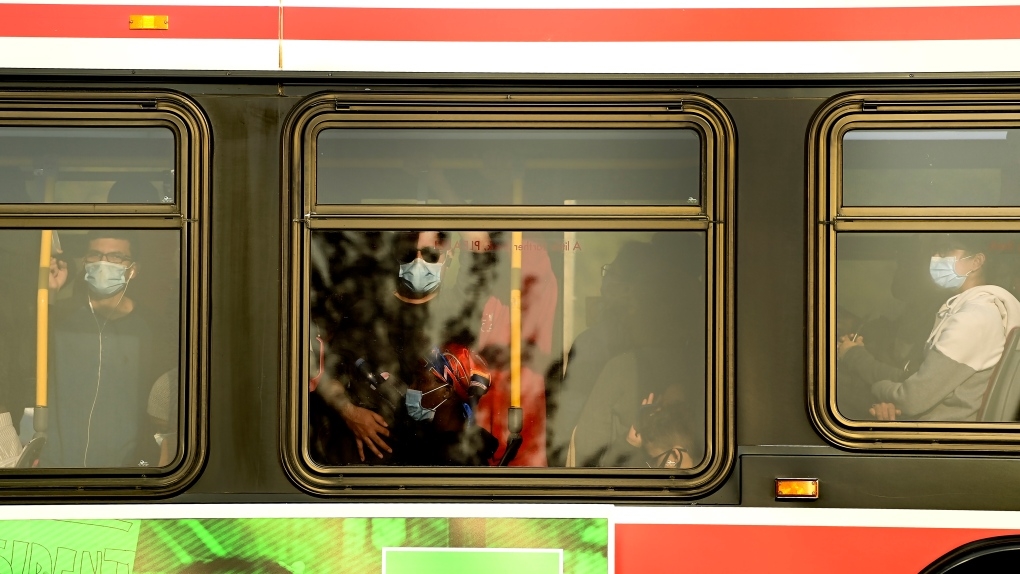Exploring Public Transit in Toronto and Other Canadian Cities
Public transit is a crucial part of urban life, offering a sustainable and efficient way to navigate bustling cities. In Canada, each city has developed its own transit system to meet the needs of its residents. Toronto, as the largest city in the country, boasts a comprehensive public transit network. But how does it compare to other Canadian cities? Let’s delve into the specifics of Toronto’s public transit and see how it stacks up against other major urban centers in Canada.
Toronto’s Public Transit System
Toronto’s public transit is primarily managed by the Toronto Transit Commission (TTC), which operates buses, streetcars, and subways. The TTC is known for its extensive network, which covers a large portion of the Greater Toronto Area (GTA). The subway system, with its four lines, is the backbone of the network, connecting key areas of the city. Streetcars and buses fill in the gaps, ensuring that even areas not directly served by the subway are accessible.
One of the strengths of Toronto’s transit system is its frequency and coverage. During peak hours, trains and buses run frequently, minimizing wait times. The Presto card system allows for seamless transfers between different modes of transit, making it easier for commuters to navigate the city. However, the system is not without its challenges. Aging infrastructure and overcrowding during rush hours are common complaints among users. Despite these issues, the TTC remains a vital part of Toronto’s urban landscape.
Comparing with Vancouver’s Transit System
Vancouver’s public transit system, managed by TransLink, offers a different approach. The SkyTrain, a fully automated rapid transit system, is the centerpiece of Vancouver’s network. It is known for its reliability and efficiency, with three lines that connect the city and its suburbs. The system is complemented by a network of buses and the SeaBus, a passenger ferry service.
One of the standout features of Vancouver’s transit is its integration with cycling infrastructure. Many SkyTrain stations offer bike parking, and buses are equipped with bike racks, encouraging a multimodal approach to commuting. Additionally, Vancouver’s Compass Card system is similar to Toronto’s Presto, allowing for easy transfers across different modes of transit.
While Vancouver’s system is praised for its modernity and efficiency, it covers a smaller area compared to Toronto’s TTC. However, the focus on sustainability and integration with other forms of transportation makes it a strong contender in the realm of public transit.
Montreal’s Unique Transit Features
Montreal’s public transit system, operated by the Société de transport de Montréal (STM), is another key player in Canada’s urban transit landscape. The Montreal Metro, with its distinct rubber-tired trains, is known for its extensive underground network. The system is designed to withstand harsh winter conditions, making it a reliable option year-round.
Montreal’s transit system is complemented by a comprehensive bus network and the BIXI bike-sharing program, which offers an alternative for short trips. The OPUS card system facilitates easy transfers between buses and the metro, similar to Toronto’s Presto and Vancouver’s Compass.
One of the unique aspects of Montreal’s transit is its focus on accessibility. Many metro stations are equipped with elevators and other features to assist those with mobility challenges. However, like Toronto, Montreal faces issues with aging infrastructure and occasional service disruptions.
Conclusion
When comparing Toronto’s public transit system to those in Vancouver and Montreal, each city offers unique strengths and faces distinct challenges. Toronto’s TTC is extensive and covers a large area, but struggles with overcrowding and infrastructure issues. Vancouver’s system is modern and efficient, with a strong focus on sustainability, but covers a smaller geographic area. Montreal’s transit is reliable and accessible, with a robust metro system designed for harsh weather conditions.
Ultimately, the best transit system depends on individual needs and priorities. Whether it’s coverage, efficiency, or sustainability, each city offers valuable lessons in public transit management. For those navigating Canadian cities, understanding these differences can help in choosing the most suitable transit options.
